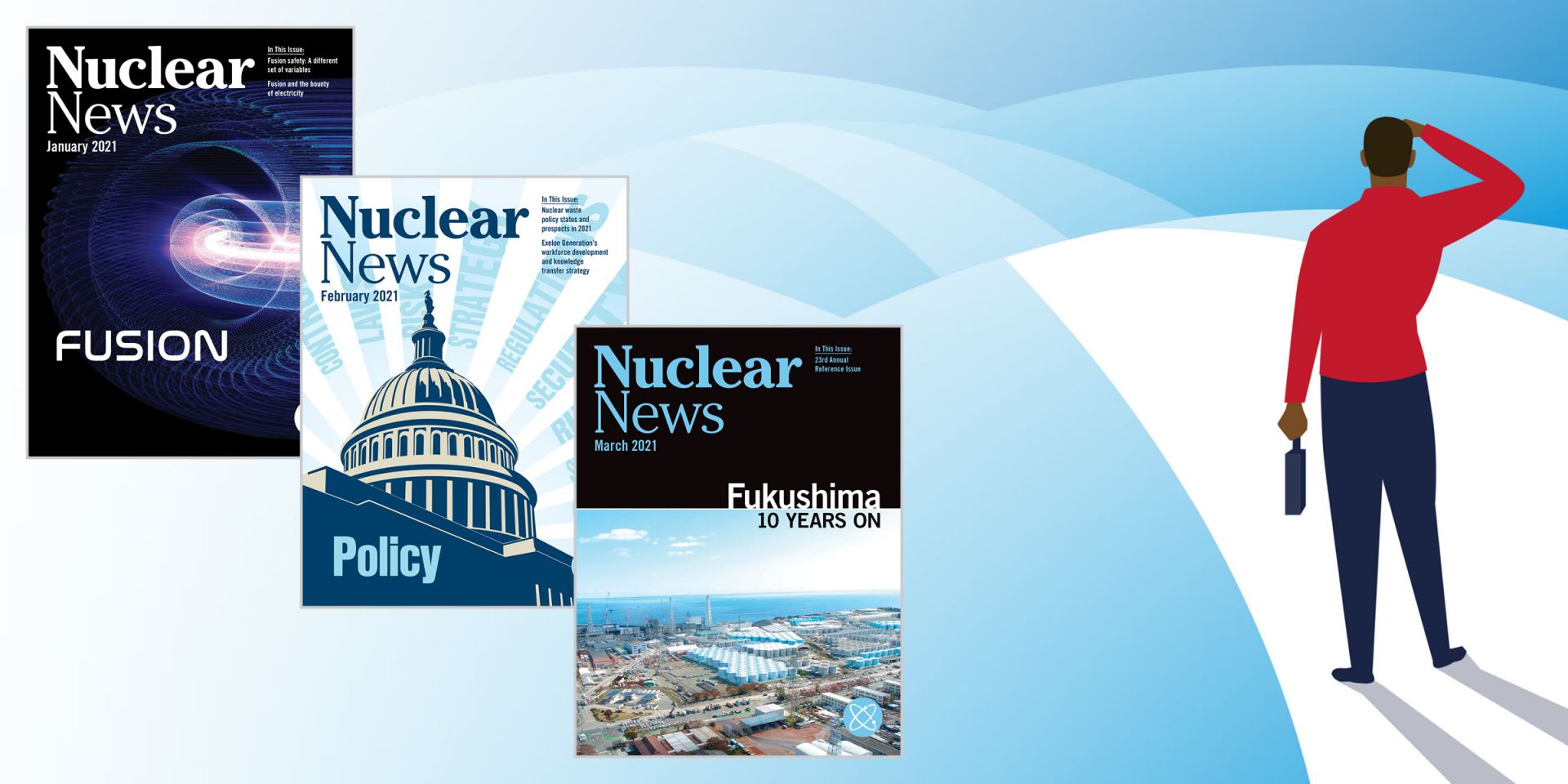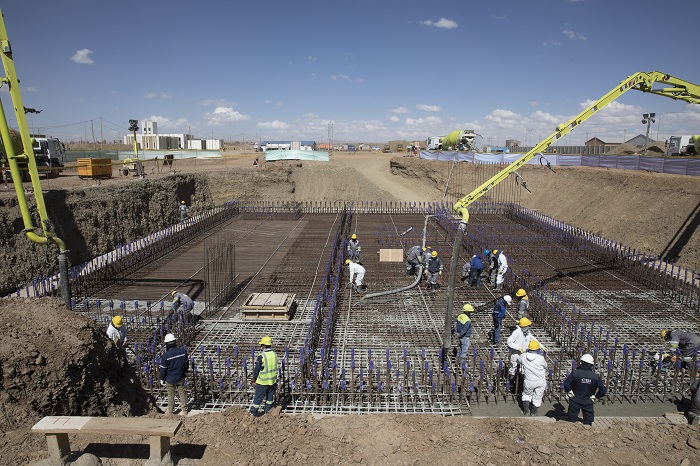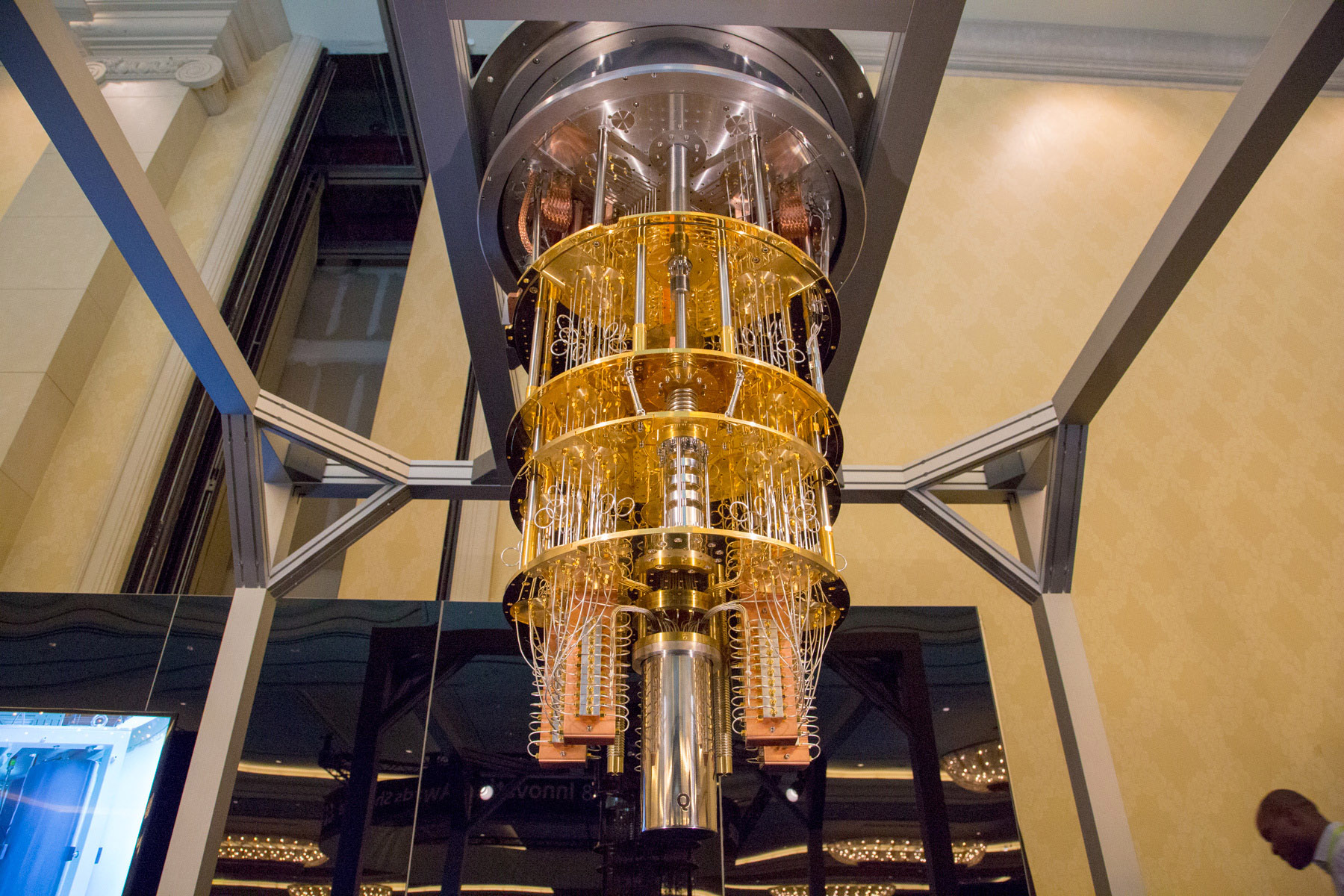American Nuclear Society statement on the escalating war in Ukraine
Statement from American Nuclear Society President Steven Nesbit and Executive Director and CEO Craig Piercy:

Statement from American Nuclear Society President Steven Nesbit and Executive Director and CEO Craig Piercy:

The brave nuclear professionals of Ukraine and their families need support from the international community as they continue to safely operate their country’s nuclear fleet during the Russian invasion. In response to this need, ANS has set up the Ukrainian Nuclear Workers Humanitarian Fund to support the nuclear community in Ukraine.
"We stand in awe of the bravery and resolution displayed by the Ukrainian people,” ANS President Steven Nesbit said. “We need to do what we can to help our fellow nuclear professionals and their families across the globe as they deal with a situation no one should have to face."
The American Nuclear Society calls on the world nuclear community to donate now to help Ukraine’s nuclear workers and their families impacted by war

The American Nuclear Society (ANS) has launched a humanitarian relief fund to help Ukraine’s nuclear professionals and their families impacted by the military invasion of their country.

Denying a Russian claim of control of the Zaporizhzhia nuclear power plant, Energoatom earlier today declared that “Russian propaganda media reports that the invaders allegedly took control of the Zaporizhzhia NPP are a cynical fake.” According to Energoatom, all four of its nuclear power plants are under the control of Ukraine and are operating normally with enhanced defenses.
Statement from American Nuclear Society President Steven Nesbit and Executive Director and CEO Craig Piercy:

Russian forces invaded Ukraine today in what news sources are calling the largest military attack of one state against another on the European continent since World War II. These developing events follow an extraordinary meeting of the NATO-Ukraine Commission in Brussels on February 22, when NATO secretary general Jens Stoltenberg said that Russia’s recent actions constituted “serious escalation” of tensions in the region and that Russia had shifted from covert attempts to destabilize Ukraine to overt military action. Well before this juncture was reached, news outlets had questioned the readiness of Ukraine’s nuclear power fleet to operate safely in a country at war and ensure energy security, while Energoatom, which operates all of Ukraine’s nuclear power reactors, has issued assurances of safety and security.

This is the second of five articles to be posted today to look back at the top news stories of 2021 for the nuclear community. The full article, "Looking back at 2021,"was published in the January 2022 issue of Nuclear News.
Quite a year was 2021. In the following stories, we have compiled what we feel are the past year’s top news stories from the January-March time frame—please enjoy this recap from a busy year in the nuclear community.

On his blog, Neutron Bytes, ANS member Dan Yurman lays out two proposals for saving the Versatile Test Reactor.
The Department of Energy has plans to build the VTR at Idaho National Laboratory, but federal funding for the project may have dried up.

Mies

Graham
An article written by national security experts Thomas Graham Jr. and Richard W. Mies, published online in The National Interest on August 3, argues that a recent move by the House Appropriations Committee to zero out the budget for the Versatile Test Reactor “has grave ramifications for U.S. national security and the fight against climate change.” Funding and building the VTR would present an opportunity for the United States to regain its leadership role in nuclear reactor designs and fuel, Graham and Mies assert.
Former ambassador Graham is chairman of the board of Lightbridge Corporation and former general counsel and acting director of the U.S. Arms Control and Disarmament Agency. Retired admiral Mies served as the fourth commander in chief of U.S. Strategic Command. Graham and Mies serve as cochairs of the Atlantic Council’s Nuclear Energy and National Security Coalition. Select excerpts from their article are provided here.

Key facilities at a multipurpose nuclear research center in the high plains of Bolivia are nearing operation, and a ceremonial first concrete pour for the nuclear research reactor that will serve as the centerpiece of the project was held on July 26. Bolivian president Luis Arce attended the ceremony at the Center for Nuclear Technology Research and Development (CNTRD). Also attending were Kirill Komarov, first deputy director general for corporate development and international business at Rosatom (Russia’s state atomic energy agency), and authorities from the Ministry of Hydrocarbons and Energies and the Bolivian Nuclear Energy Agency (ABEN).
Iraq is reportedly talking with Russia and France while also reaching out to the United States to discuss the prospect of building nuclear reactors for civil application, according to an article published last week by Nuclear Engineering International (NE International).
China will have the world's largest nuclear power fleet within a decade, an International Energy Agency official noted during a session at the High-Level Workshop on Nuclear Power in Clean Energy Transitions, World Nuclear News reported on March 3.
The workshop was held jointly by the IEA and the International Atomic Energy Agency.
The IEA official, Brent Wanner, head of Power Sector Modelling & Analysis for the agency's World Energy Outlook publication, said that as nuclear fleets in the United States, Canada, and Japan reach their original design lifetimes, decisions will have to be made about what will happen after that. Absent license renewals, the contribution of nuclear power could decline substantially in those countries while China’s reactor building program will boost it into the first position.

Technicians loading the first reactor aboard the Akademik Lomonosov, Russia's floating nuclear power plant. Credit: Rosatom.
The Bellona news site is reporting that Rosatom is marketing its floating nuclear power plants to foreign countries. The news item noted on December 14 that Russia’s Tass newswire had published the information, citing government statements. Rosatom is Russia’s state nuclear corporation.
“Rosatom has made proposals for the installation of floating units to a number of foreign countries,” Yury Trutnev, a deputy prime minister and presidential representative to Russia’s Far Eastern Federal District, said earlier this month, according to Tass. “It’s clear that one unit is not enough for us to sell such modules. Their future replication would open a possibility for Russia to open a market niche where there currently is no one.”
China is on track to overtake the United States in nuclear power capacity by 2026, according to GlobalData, a U.K.-based research and analytics company.
More than 160 GW of nuclear capacity will likely be added globally between 2020 and 2030, some 66 percent of which is anticipated to take place in China, India, and Russia, the company reported on September 9. China alone is set to account for more than 50 percent (83 GW) of the new capacity, followed by India with 8.9 percent (14.5 GW) and Russia with 6.4 percent (10.5 GW). GlobalData also projects that during the same period, more than 76 GW of nuclear capacity will be retired.

A quantum computer, such as this 50-bit version that IBM demonstrated at the International Consumer Electronics Show in 2018, is capable of solving tasks inaccessible to the most powerful “classic ” supercomputer. (Photo: IBM)
Rosatom, Russia’s state atomic energy corporation, and the Russian Quantum Center (RQC) on July 7 announced the creation of the first laboratory in Russia to research and develop machine learning and artificial intelligence (AI) methods on quantum computers, specializing in the application of these technologies in the nuclear industry. An agreement was signed between the RQC and Tsifrum, a Rosatom subsidiary that was created in 2019 to support the implementation of Rosatom’s digitalization strategy.
The International Atomic Energy Agency has emphasized that elevated concentrations of cesium-134, cesium-137, and ruthenium-103 recently detected over Northern Europe pose no risk to human health or the environment, even as the agency continues to investigate their origin.

Leningrad:Unit II-1 has been credited with a nearly 15 percent decrease in cooling water usage at the plant. Photo: Rosatom
Using a VVER-1200 reactor for Leningrad II Unit 1 has resulted in a nearly 15 percent reduction in cooling water usage at the Leningrad nuclear power plant, according to Rosatom, Russia’s state atomic energy corporation. “The design features of the new power units can significantly reduce the amount of water consumed by a nuclear power plant from natural reservoirs,” said Vladimir Pereguda, director of the plant. He credited the replacing of RBMK-1000 units with VVER-1200 ones for a decrease of 730.7 million cubic meters of seawater withdrawn from Kopory Bay, a 14.8 percent drop in 2019 compared to 2018. Kopory Bay is located in the southern part of the Gulf of Finland on the Baltic Sea. “We will continue to observe such indicators to reduce the environmental impact, since the Leningrad [plant] is gradually replacing RBMK-1000 units with VVER-1200 units,” Pereguda added.
I just knew it! I was hoping I'd be wrong, that HBO would have the courage and integrity to do their homework and consult even one actual nuclear scientist or radiobiologist. Or even just read the United Nations Chernobyl Forum Report, the best source of information on the disaster for non-nuclear people.
Episode 22 of RadioNuclear is now available. In this episode, we discuss the recent miniseries "Chernobyl", which recently concluded on HBO. We debunk some of the more egregious articles written in the wake of the show (see links to these articles below). We also discuss good ways to engage with individuals who are captivated with the show, and not necessarily familiar with nuclear technology.
Several news items have come in this week which have one common theme - nuclear energy operation on the water.